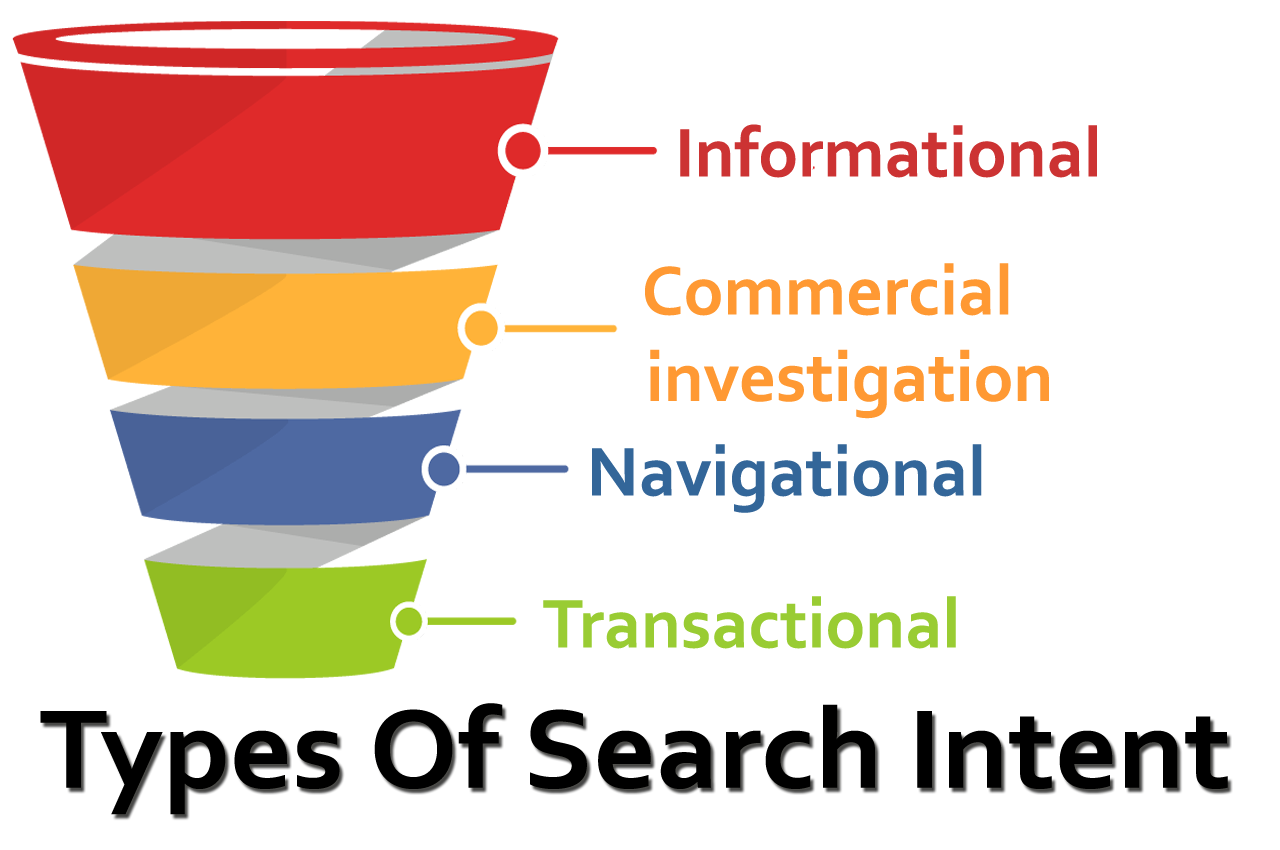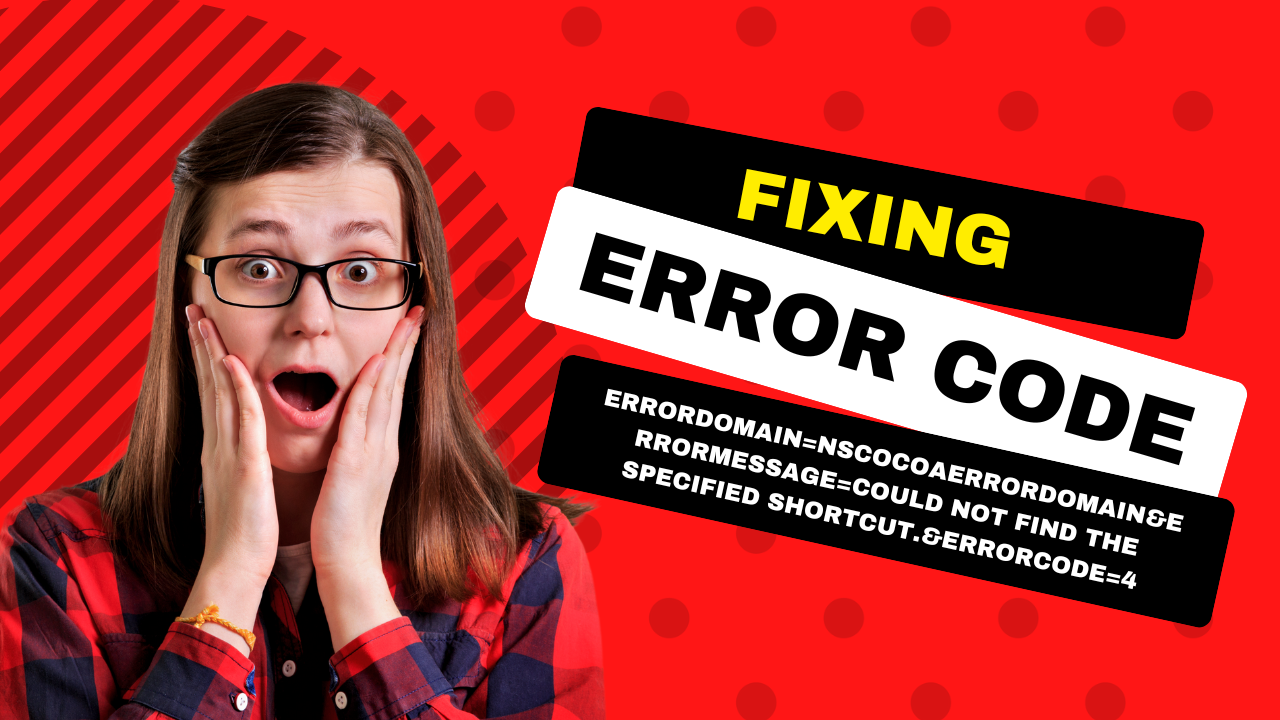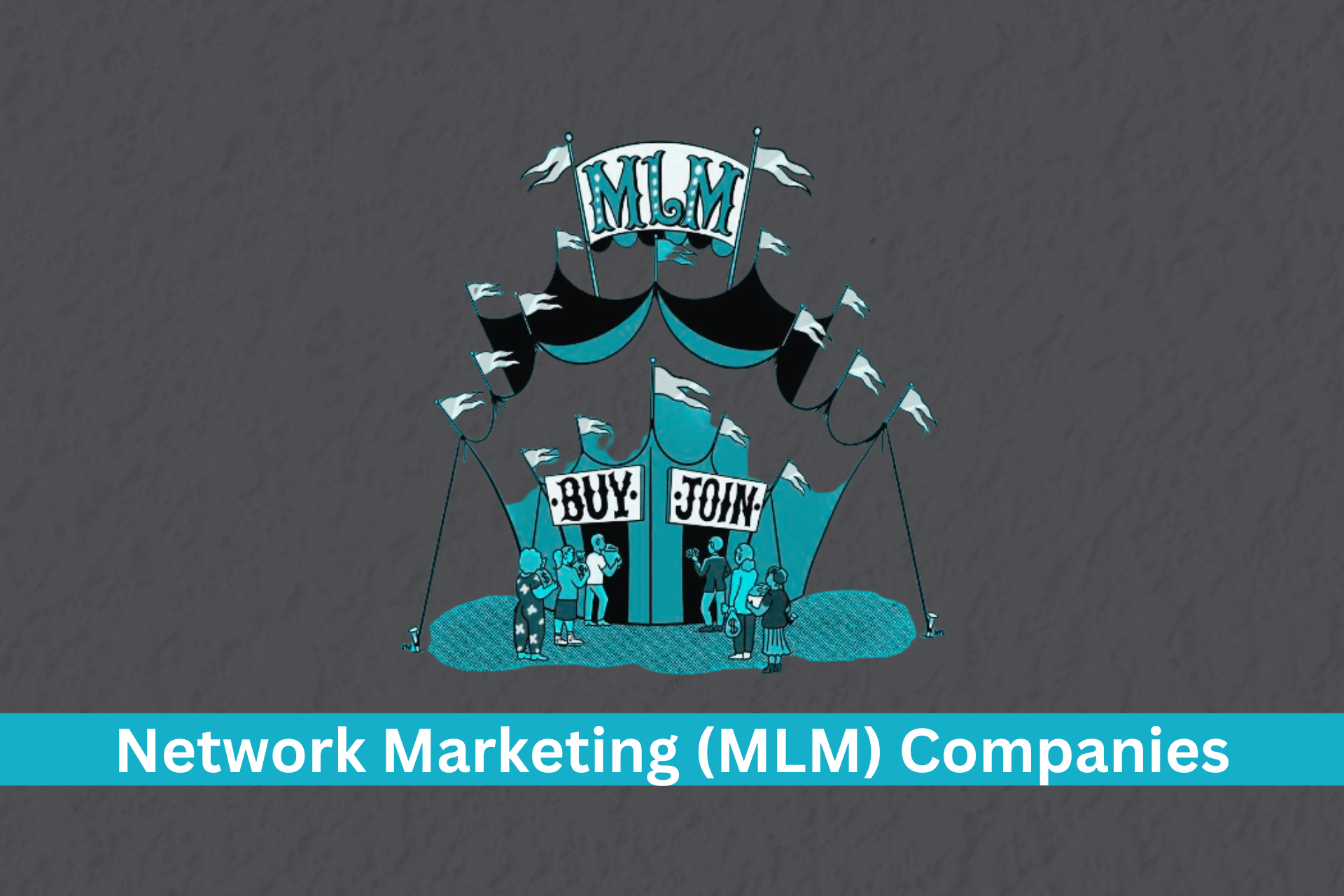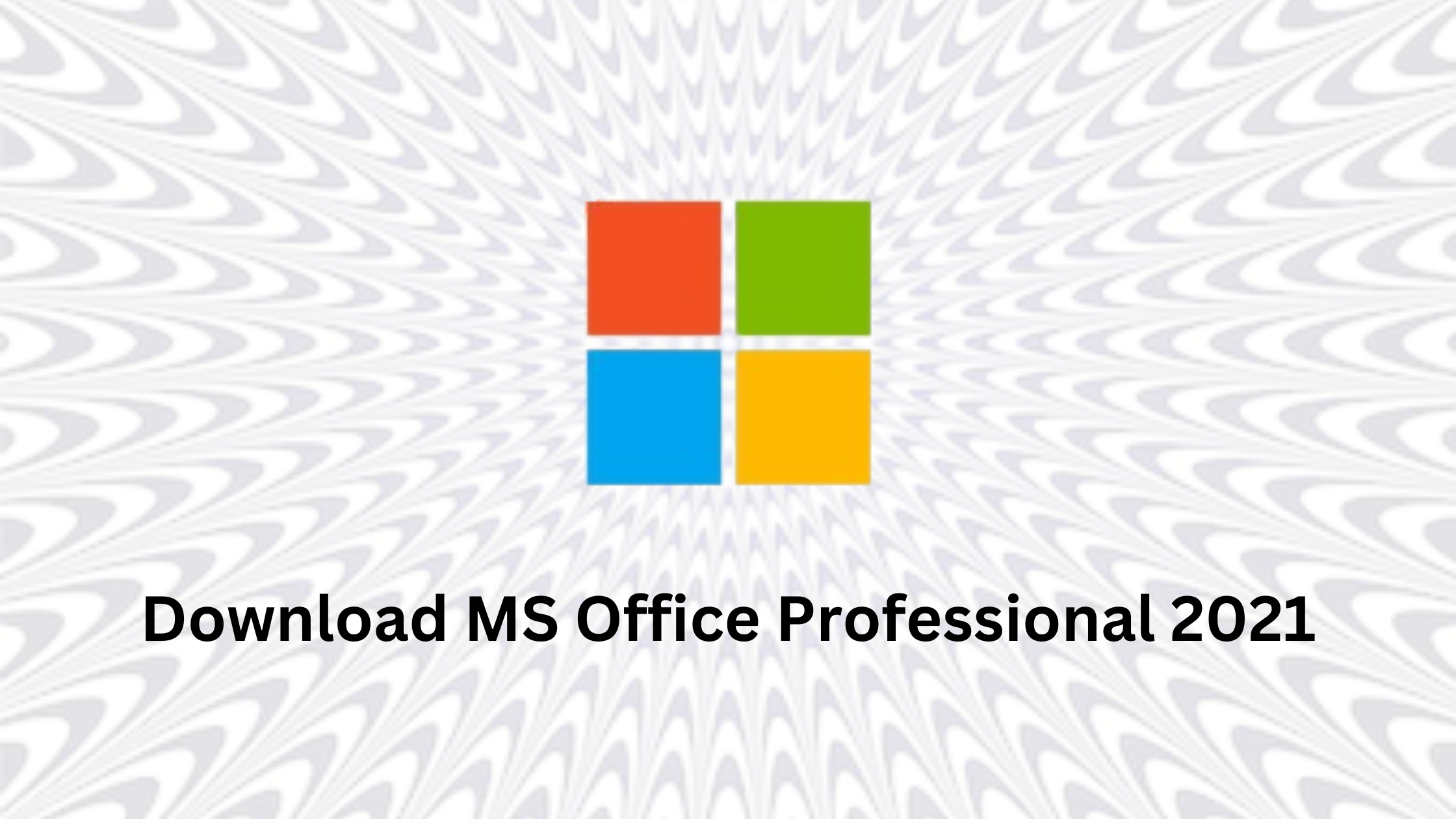As we all already know Google shows the best results to keep people coming back on their search engine. But if your content isn’t satisfying the user intent it is hard to rank regardless of word count and other ranking signals.
Now, user search intent becomes one of the key ranking factors and you have to write content according to it if you want to rank higher.
What is user search intent?
Search intent or user search intent has defined as the intention or purpose behind the user’s query. This is based on the very basic function to satisfy searchers and this is the reason why search engines came into existence.
Google predicts the possible reasons, why this search is performed?
- Is it for information?
- Is it for buying something?
- Is it for a specific brand etc.?
Keep in mind factors like location, your device, and your personalized search behavior, etc. may show you the personalized recommendation because Google tracks you all the time.
Types of User Search Intent?
Informational: When someone searches for the purpose of getting information. Informational content is dominant in most of the SERPs where YMYL (your money your life) products and services are shown.
Examples of informational intent:
- “how to save money”
- “what is the president of the united states”
- “when yahoo is launched”
- “what is seo”
- “css3”
Navigational: When someone searches for the reason of already known brands and they simply search it on Google to get the official website or resource.
Examples of navigational intent:
- “Microsoft”
- “apple”
- “wwe”
- “youtube”
Transactional: When someone searches for the purpose of buying something, they already aware of what they are going to purchase but they are looking for the best deal available online.
Examples of transactional intent:
- “buy apple 11 pro”
- “hostgator coupon code”
- “dell xps 15”
- “grammarly premium trial”
Commercial investigation: When someone searches for the intention of getting to know the specific product or service, but they have not taken any decision and continue to find the right fit.
Examples of transactional intent:
- “best coffee maker”
- “semrush vs ahrefs vs moz”
- “dell vs hp laptops reviews”
- “best hotel in new york”
How to optimize content for query search intent?
First thing you must keep in mind, start thinking like a user. Find the type of intent you want to serve the solution and start rewriting the content according to your searchers.
Create a definitive or complete guide with good readability and visually appealing design.
Create infographics, videos, and podcast that increases your chance to serve multiple search intent.
For example, if you are searching on Google “hotels in new york” search engine tries to predict a search intent and shows results accordingly.
In this particular search, Google will show the list of local hotels in the first place where you can see top-rated hotels with their prices.
Here Google tries to predict search intent and shows informational content. You can see in the image that other search results are also a hotel booking site or hotel rating sites and most of the shown search results included phrases like best, cheap or top 10, etc.
One other aspect that also comes into play Google shows personalized search results. This means shown results may vary if you are using Google or its associated products.
How to find user search intent?
Now to find search intent you have to align your content according to your potential customers. You need to understand your targeting audience.
Here is the example of the finance niche:
I choose a random keyword “instant business loan” which having 1.3k search volume and it is a medium level competitive keyword.
If someone would rank on this keyword, they have to understand what Google is showing in SERPs.
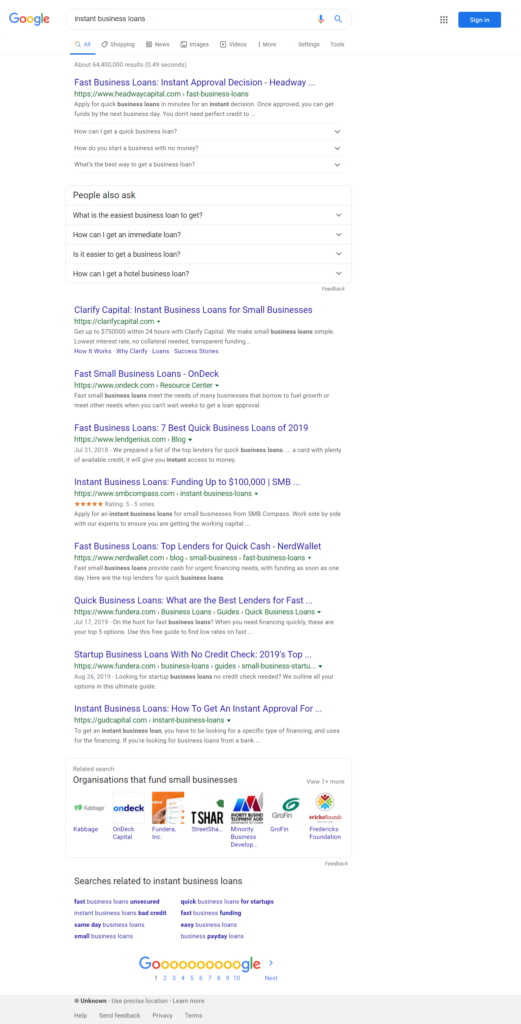
In the top 5 results, 3 are service page and 2 are blogs. Here Google is also showing people also ask section after the first organic result.
In content, you have to add informational as well as transactional content. Here I would prefer to use a service page with informational content in the meta tags and the first section of the content of the targeted page.
You can also use semantics keywords in the content to rank for other related terms.
Here is the example of automobile niche:
For the keyword “buy a car” has more than 60K search volume if you want to rank for it you have to rebuild your content according to what Google shows in the SERPs.

For this keyword, all showed content is a mix of informational and commercial investigation as you can see in the image.
If you not optimized content for searcher’s intent, you are ignoring one of the important ranking factors. So, optimize content for the user and the opportunities are unlimited to generate organic visitors.

The Search Engine Cage team is on a mission to educate entrepreneurs. We make things easier for the small business owner, by writing articles that help them to understand SEO and Digital Marketing.

